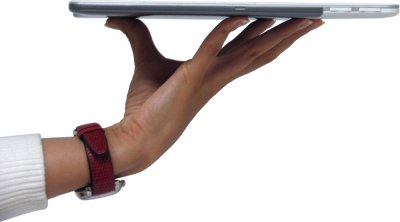Instruction
1
The preparatory phase involves the writing of text books, selection of reference and illustrative material, scripting tutorials and sketches of the interface and scenarios of individual units (movies, animated fragments, programs that implement computer modeling, blocks, test knowledge, etc.). At this stage, if necessary, developed various options for the presentation of all course material (content and form). When working with a text book you should do the structuring of the material with submission of accurate list is necessary for those that you want to present in this book, the division into paragraphs, chapters, etc., Any section in the whole training course will achieve the goal when it is first determined what skills and knowledge the student needs to be given. It is advisable to use a variety of mnemonic techniques, including font selection, use of images, graphics, and animation. Need a synthesis of the conclusions: to formulate the basic provisions, to include a summary of formulas to create the necessary tables. It is advisable to carefully edit the text that it does not make big changes in the future. Converted to hypertext of the final edited text.
2
On the main stage are the direct creation of the book. The content should prevail over form submission. Form should be strict. The page does not contain too much information (textual or graphical), the background should be monochromatic. Should when selecting typefaces to assume that the readability of the text that is written headset without serifs, higher than the text with a headset serif. The use of graphic formats, including image compression, will reduce the total volume of the book.
3
When creating or developing such tutorials material is divided into finished modules, so-called sections. Each section must consist of parts, each of which contains a minimum of text and easily perceived visually. Also a good tutorialAh provides the ability to move through parts of the tutorialand in any order. Each section should consist of a theoretical part, examples and exercises to consolidate the material studied, reviews and examinations which may be presented in the form of tests. All sections must be connected by means of hypertext links which provide easy transition to any of them. In addition, electronic textbook should be designed differentiated according to levels of difficulty. And must be present illustrations and various graphic schemes. The development of a textbookand can be simplified if to use specialized software. There are organizations, often learning that doing it professionally.
Note
In addition to the advantages of e-books there are drawbacks. The use of the electronic textbook assumes the presence of a computer and certain software. Also there is no live communication, and an increased strain on the eyes. The creation of the electronic textbook requires a large amount of time, careful planning and special methodological training. In addition, every serious tutorial should undergo the necessary tests.
Useful advice
Electronic textbooks should be used in those areas of knowledge can be deeply structured. The use of such textbooks for independent work full-time and distance learning helps to a better absorption of the studied material. The possibility of using additional materials expands the horizons of students. In addition to conveniently carry the control of knowledge at various stages of work, whether the study of material, its consolidation or practical task. If the material is sufficiently learned, there is always the opportunity to return and again to learn and then test your knowledge.
Very convenient to use e-textbook in practical classes, especially if the school lacks the necessary framework. In this case, the teacher plays the role of a consultant.
Very convenient to use e-textbook in practical classes, especially if the school lacks the necessary framework. In this case, the teacher plays the role of a consultant.
